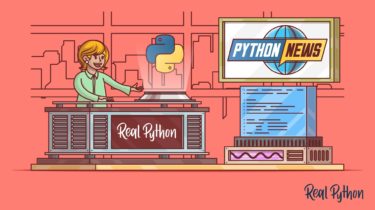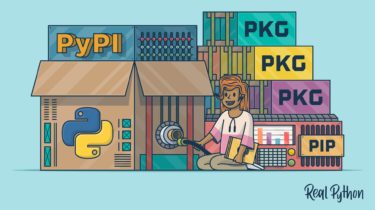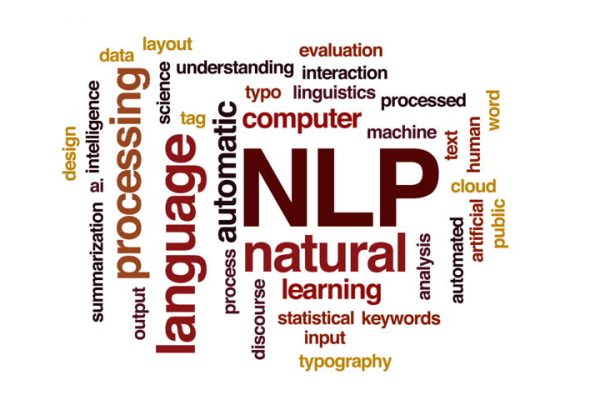Defining Python Functions With Optional Arguments
Defining your own functions is an essential skill for writing clean and effective code. In this tutorial, you’ll explore the techniques you have available for defining Python functions that take optional arguments. When you master Python optional arguments, you’ll be able to define functions that are more powerful and more flexible. In this course, you’ll learn how to: Distinguish between parameters and arguments Define functions with optional arguments and default parameter values Define functions using args and kwargs Deal with […]
Read more



